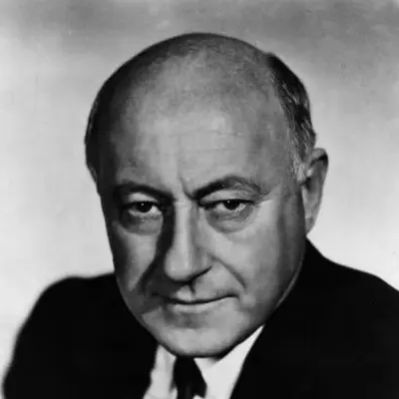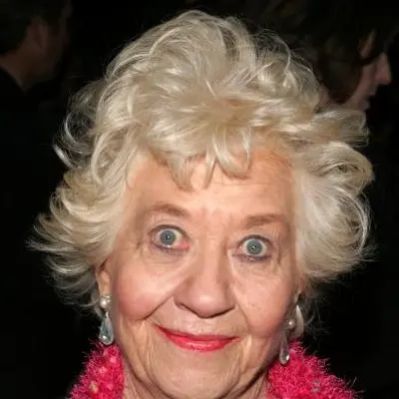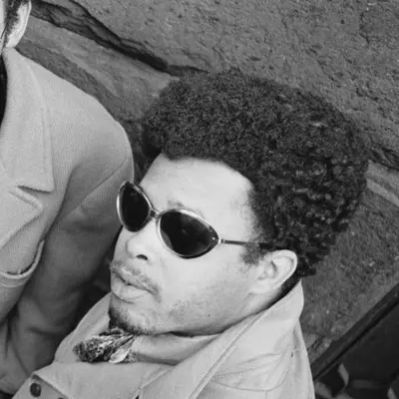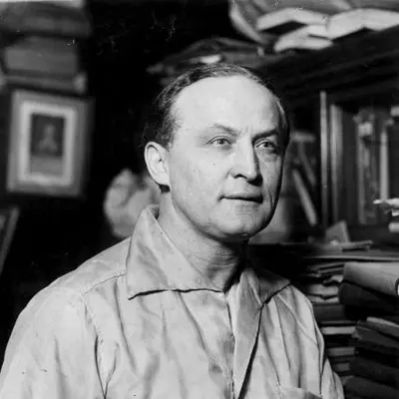What Is Cecil B. DeMille’s Net Worth?
Cecil B. DeMille, a prominent figure in American film history as both a director and producer, had a net worth of $50 million at the time of his death in 1959, adjusted for inflation to reflect its value in today’s economy. Over a career spanning approximately five decades, he directed 70 feature films, contributing significantly from the silent era of the mid-1910s to the sound era, concluding in the late 1950s. DeMille co-founded Paramount Pictures and gained recognition for his flamboyantly epic dramas. Some of his most successful films include “Samson and Delilah,” “The Greatest Show on Earth,” and both the silent and sound versions of “The Ten Commandments.” In 1952, he was honored as the inaugural recipient of the Cecil B. DeMille Award at the Golden Globes, an award named in his honor. Additionally, he received two Golden Globes and two stars on the Hollywood Walk of Fame in 1960.
Cecil B. DeMille’s Estate and Property
Cecil B. DeMille passed away on January 21, 1959, at the age of 77. According to his will, he bequeathed his lavish Los Angeles mansion and the majority of his other assets to his biological daughter, Cecilia, excluding his three adopted children. His wife continued to reside in the mansion for a year after his death, until her own passing. The adopted children were reportedly surprised to learn of their exclusion from the will, as Cecil had treated them no differently than his biological daughter during his lifetime. In June 2017, Angelina Jolie acquired the 2-acre, 11-bedroom estate for $24.5 million, setting a neighborhood record. The mansion, constructed in 1913, was purchased by DeMille a few years later for $58,000, equivalent to approximately $1.4 million today after adjusting for inflation. The property changed ownership several times between DeMille’s death in 1959 and Jolie’s purchase in 2017.
Early Life and Education of Cecil B. DeMille
Cecil Blount DeMille was born on August 12, 1881, in Ashfield, Massachusetts, in a boarding house where his parents, Matilda and Henry, were vacationing for the summer. His mother was a writer and actress, while his father was an actor, professor, and businessman. DeMille’s ancestry included English, Dutch-Belgian, and German-Jewish roots. He had an older brother named William. The family resided in Washington, North Carolina, for a period before moving to Pompton Lakes, New Jersey, where his father constructed a three-story Victorian-style home. His sister, Agnes, was born in 1891 but passed away three years later from spinal meningitis, one year after the death of their father from typhoid fever. DeMille received his education at Pennsylvania Military College and the American Academy of Dramatic Arts. Upon graduating from the latter in 1900, he performed in the play “The Arcady Trail.” Charles Frohman, a theater manager, was in the audience and would later play a significant role in launching DeMille’s career in theater.
Cecil B. DeMille’s Career Beginnings in Theater
Through Charles Frohman, DeMille joined Frohman’s theatrical company in early 1900, making his Broadway debut in Frohman’s play “Hearts Are Trumps.” He then appeared in productions such as “A Repentance,” “To Have and to Hold,” and “Are You a Mason?” In 1905, DeMille became part of the stock cast at the Elitch Theatre in Denver, Colorado, performing in numerous plays that summer. He later collaborated with his brother William, who had become a playwright. DeMille also ventured into playwriting himself, as well as directing and producing plays by other writers. However, his efforts were not always successful, and he faced challenges in finding work. Consequently, he was employed by his mother at her theatrical agency. In 1911, he met vaudeville producer Jesse Lasky, with whom he created the successful musical “California.”
The Start of DeMille’s Film Career and Paramount Pictures
Dissatisfied with theater and eager to enter the burgeoning film industry, DeMille partnered with Lasky, Sam Goldfish, and a group of East Coast businessmen to establish the Jesse L. Lasky Feature Play Company in 1913. DeMille assumed the role of director-general and co-directed his first film, “The Squaw Man,” with Oscar Apfel. Released in 1914, “The Squaw Man” was among the first feature films to emerge from what is now Hollywood. It became a sensation, propelling the Lasky Company to prominence and ultimately leading to the formation of Paramount Pictures. DeMille reunited with Apfel to co-direct “Brewster’s Millions,” another successful venture. By 1915, DeMille had directed 20 films, including notable works such as “Rose of the Rancho,” “The Warrens of Virginia,” “The Cheat,” and “The Captive.” In the summer of 1916, the Jesse L. Lasky Feature Play Company merged with Adolph Zukor’s Famous Players Film Company to create Famous Players-Lasky.
Silent Film Successes in the 1920s
During the 1920s, Cecil B. DeMille rose to become the most successful director in the American film industry. His first Biblical epic, the widely acclaimed 1923 silent film “The Ten Commandments,” established his reputation as a master of large-scale, extravagant historical films. DeMille continued to solidify his standing with films such as “The Volga Boatman,” “The Road to Yesterday,” “The Godless Girl,” and the Jesus biopic “The King of Kings.” However, his extravagant style and depictions of immorality also attracted controversy, drawing criticism from Christian groups. This contributed to the creation of the Hays Code and its censorship rules.
Film Career in the Sound Era
With the advent of sound in cinema in the late 1920s, DeMille successfully adapted to the new technology, employing innovations such as a soundproof camera blimp. His first three sound films, “Dynamite,” “Madame Satan,” and his remake of “The Squaw Man,” were produced by MGM. However, these films were not as successful, leading DeMille to take a break and travel abroad. He returned to Hollywood in 1932 to direct the epic “The Sign of the Cross” for Paramount. Subsequently, he directed “This Day and Age” and “Four Frightened People.” One of his greatest successes of the 1930s was the 1939 Western “Union Pacific,” a collaboration with the Union Pacific Railroad. In 1940, he followed up with the Technicolor Western “North West Mounted Police.” In 1942, DeMille achieved great success with the adventure film “Reap the Wild Wind,” which featured groundbreaking special effects. He continued to push the boundaries of special effects with 1947’s “Unconquered.” DeMille concluded the decade with the Biblical epic “Samson and Delilah,” which became Paramount’s highest-grossing film to that point.
Later Career Highlights and The Ten Commandments
In 1952, DeMille directed the circus drama “The Greatest Show on Earth,” which became Paramount’s new highest-grossing film ever. The film went on to win the Academy Award for Best Picture, with DeMille receiving his first and only nomination for Best Director. His next film would be the final film of his directing career: his 1956 remake of “The Ten Commandments.” It was also his first widescreen film. The longest and most expensive film in Paramount’s history, the Charlton Heston-starring epic became one of the highest-grossing films of all time, and earned seven Academy Award nominations, including Best Picture.
Other Endeavors of Cecil B. DeMille
Beyond his cinematic achievements, DeMille engaged in a variety of other ventures. During the 1920s, he established the Mercury Aviation Company, one of the earliest commercial airlines in the United States. DeMille also participated in real estate speculation, underwrote political campaigns, and served as the vice president of Bank of America. A staunch conservative Republican, he actively opposed unions and contributed significantly to Herbert Hoover’s campaigns. Furthermore, DeMille ventured into radio, producing, directing, and hosting “Lux Radio Theater” from 1936 to 1945. Broadcast on CBS, it was a weekly adaptation of current films that became one of the most popular weekly shows in radio history. In his later years, DeMille contributed to the design of cadet uniforms at the newly established United States Air Force Academy.
Personal Life and Death
In 1902, DeMille married actress Constance Adams. Although they remained married, their relationship was reportedly sexually incompatible, and Adams permitted DeMille to have several long-term mistresses during their marriage. Despite these personal challenges, the couple maintained the appearance of a happy marriage and had four children, three of whom they adopted. DeMille faced health issues throughout his life. In 1938, he underwent an emergency prostatectomy and suffered a severe post-surgery infection. Later, while filming “The Ten Commandments” in Egypt in 1954, he experienced a serious heart attack, followed by several more. In January 1959, after another heart attack, DeMille passed away and was interred at the Hollywood Memorial Cemetery. His contributions to film and his diverse business ventures cemented his legacy, while his personal life reflected the complexities of his era.
 Net Worth Ranker
Net Worth Ranker
































































